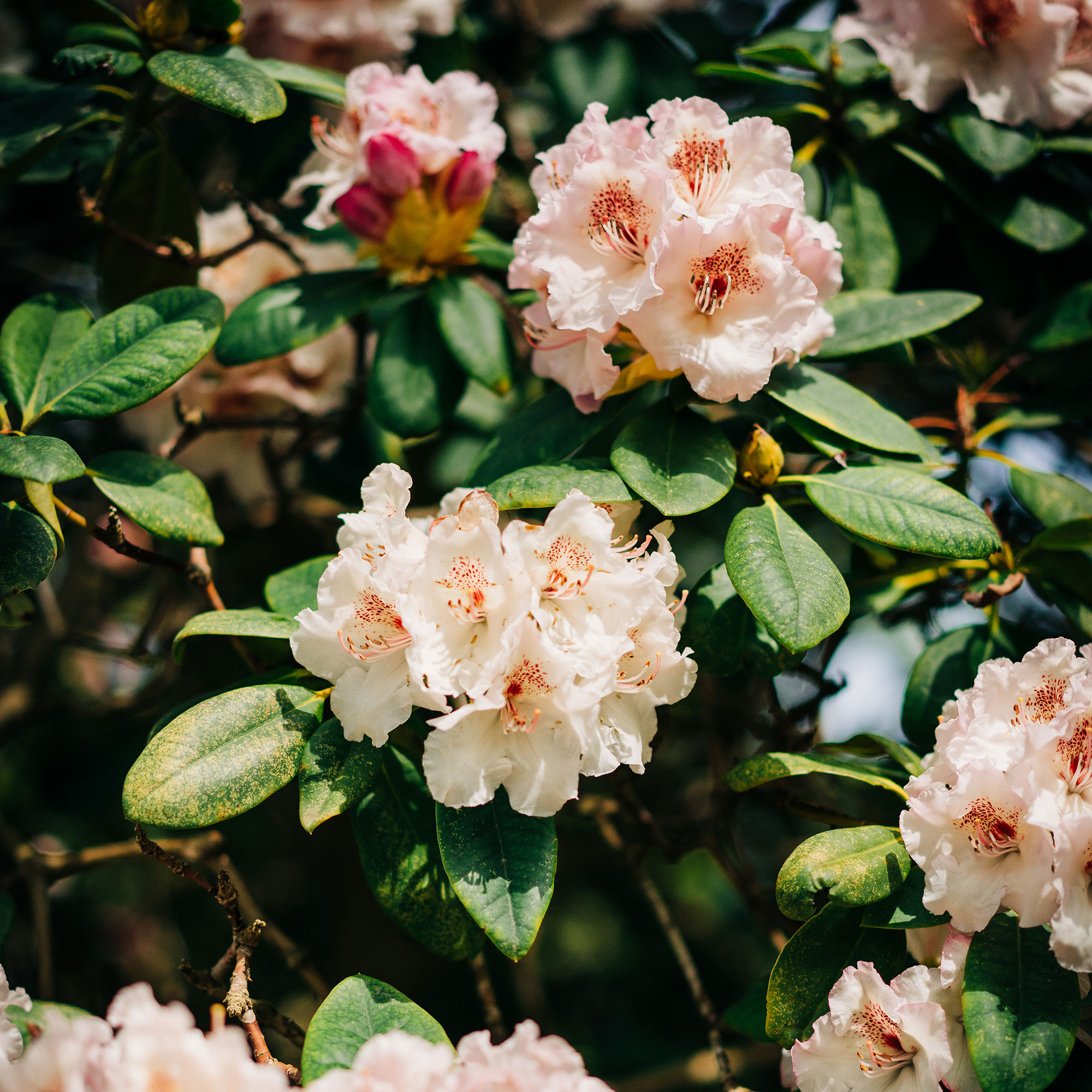Should you deadhead azaleas? Everything you need to know to keep them thriving year after year
How to keep the ornamental shrubs bursting with colour for longer

Azaleas are known as the pretty little sister of the rhododendron, as they are in the same family. The small to medium-sized shrubs boast masses of brightly coloured, scented flowers. But with so many flowers blooming the petals will inevitably wilt and fade in mass. So the question is should you deadhead azaleas?
Azaleas bloom predominantly during springtime. If you've learned how to prune azaleas then their vivid buds will greet you not long after daffodils and crocus return and will continue to fill borders with colour throughout April, May and June, possibly even July if lucky.
Most people know how to deadhead roses to keep them blooming but not all plants benefit from a pinch and preen so deadheading mistakes can be easily made. Therefore, we've asked the green-fingered expert growers whether azaleas will benefit from a regular groom or be left alone.
Should you deadhead Azaleas?
Originating from China and Japan, the Azalea plant makes an ideal zen garden idea. As for growing conditions, think of humid woodland climates where roots can remain cool and moist in well-drained, acidic soil. Whereas their top halves prefer to bask in dappled sunlight.

As with all rhododendrons, azalea's starlike flower heads burst out in abundance all over the bush head during early spring through to summer. Removing these heads as and when they become spent will ensure a continuation of foliage for as long as possible.
'Deadheading the jewel-like flowers of azaleas will do the plant good. The main bonus is that it will encourage the plant to flower for longer, so that you get more value out of it, particularly if you have a small garden,' explains Harriet Worsley, Garden Designer and founder of Worsley Design & Consultancy.
'Crucially it will also look better as who wants to see tired spent brown flowers hanging around.'
Sign up to our newsletter for style inspiration, real homes, project and garden advice and shopping know-how

Garden Designer Harriet Worsley set up Worsley Design & Consultancy after studying Garden Design, Planting Design and studying for her RHS Certificate of Horticulture. She has designed everything from small London roof terraces to large country gardens and enjoys combining minimalist landscaping using natural materials with swathes of relaxed loose planting.
How to deadhead Azaleas
Azaleas can be deadheaded by hand or with garden secateurs.
'This also helps to divert the plant's energy so they can cultivate stronger into new growths and additional flowers,' says Phoebe Cater, Plant Buyer at Cherry Lane Garden Centres.

To remove the brown, wilted flowers by hand go to the base of the spoiled bloom and look for the woody part of the stem. Then, simply twist and pull to remove the wilted petals and seed heads at the plant.
If using garden secateurs gently snip off the flower head and petals at the same point.
'To properly deadhead azaleas, use secateurs to strategically cut just below the flower head. Alternatively, use your finger and thumb to carefully snap the deadhead where it joins the stem. Make sure to do this carefully to avoid any damage to the new buds,' continues Pheobe.
Go through the plant and remove the remaining trusses that are spoiled.

What you'll need
FAQs
Do I need to deadhead azaleas?
Whether you are growing evergreen or deciduous azaleas it is important to note that although deadheading spent flowers may lead to new growth, encourage an extending bloom period and do wonders for the cosmetic appearance of the shrub, the task won't have an effect next year's blooming quality or period.
'It is not absolutely necessary for the plant’s survival, but if you have the time and inclination, then get out those secateurs and get snipping. Deadheading is deeply satisfying as the aesthetic improvements are instant,' explains Harriet.
When do I need to deadhead Azaleas?
Azaleas should be deadheaded as and when flower heads are damaged or die off. Damage can be caused by late frost. Azaleas can flower from early spring through to summer. Pay special attention during the flowering season.
Rachel Homer has been in the interiors publishing industry for over 15 years. Starting as a Style Assistant on Inspirations Magazine, she has since worked for some of the UK’s leading interiors magazines and websites. After starting a family, she moved from being a content editor at Idealhome.co.uk to be a digital freelancer and hasn’t looked back.

